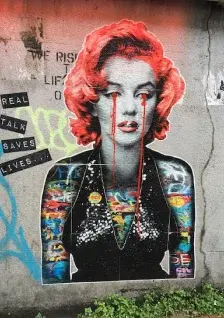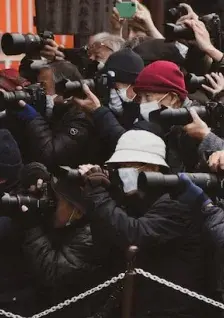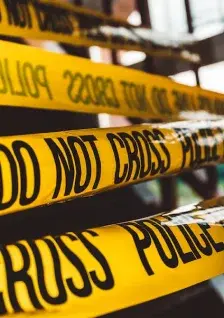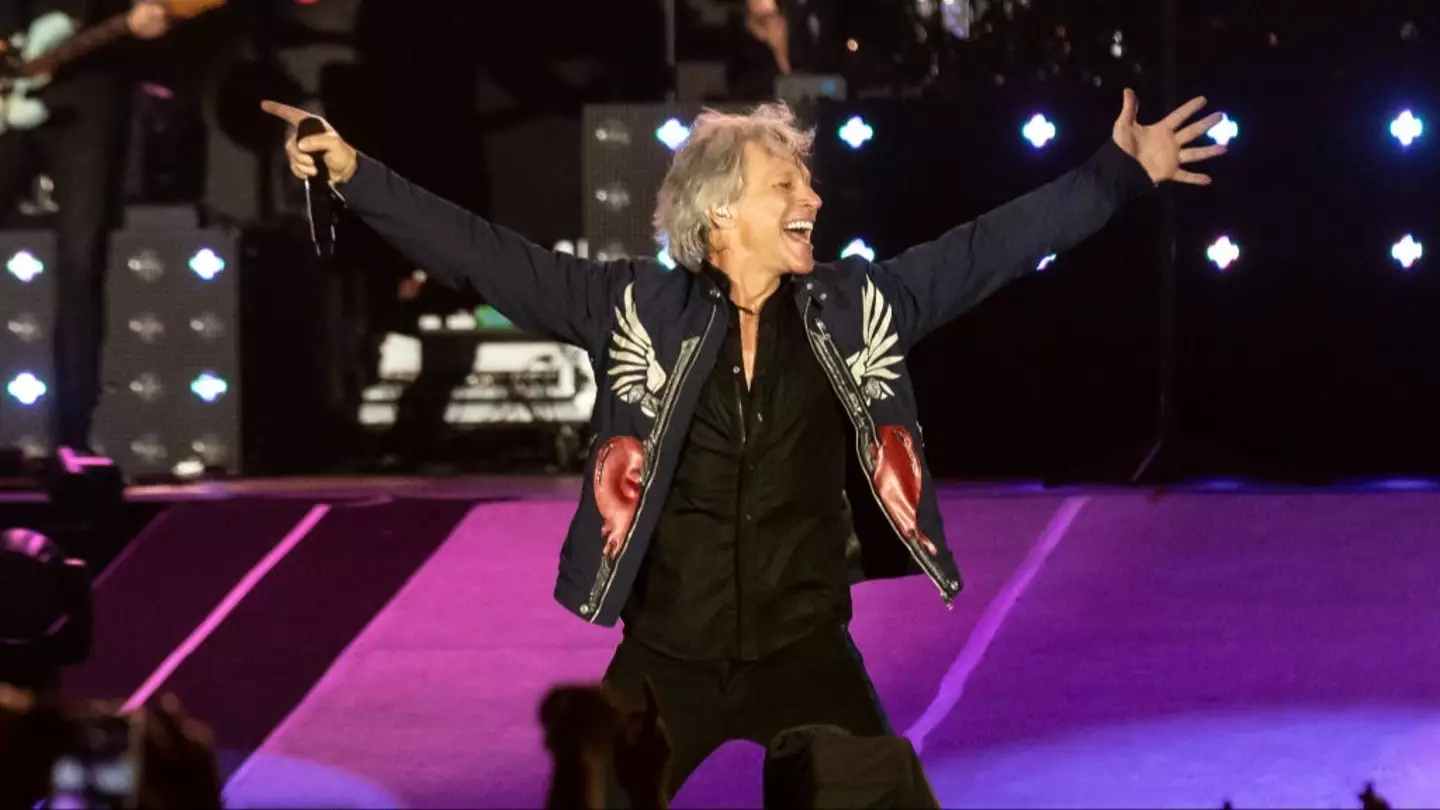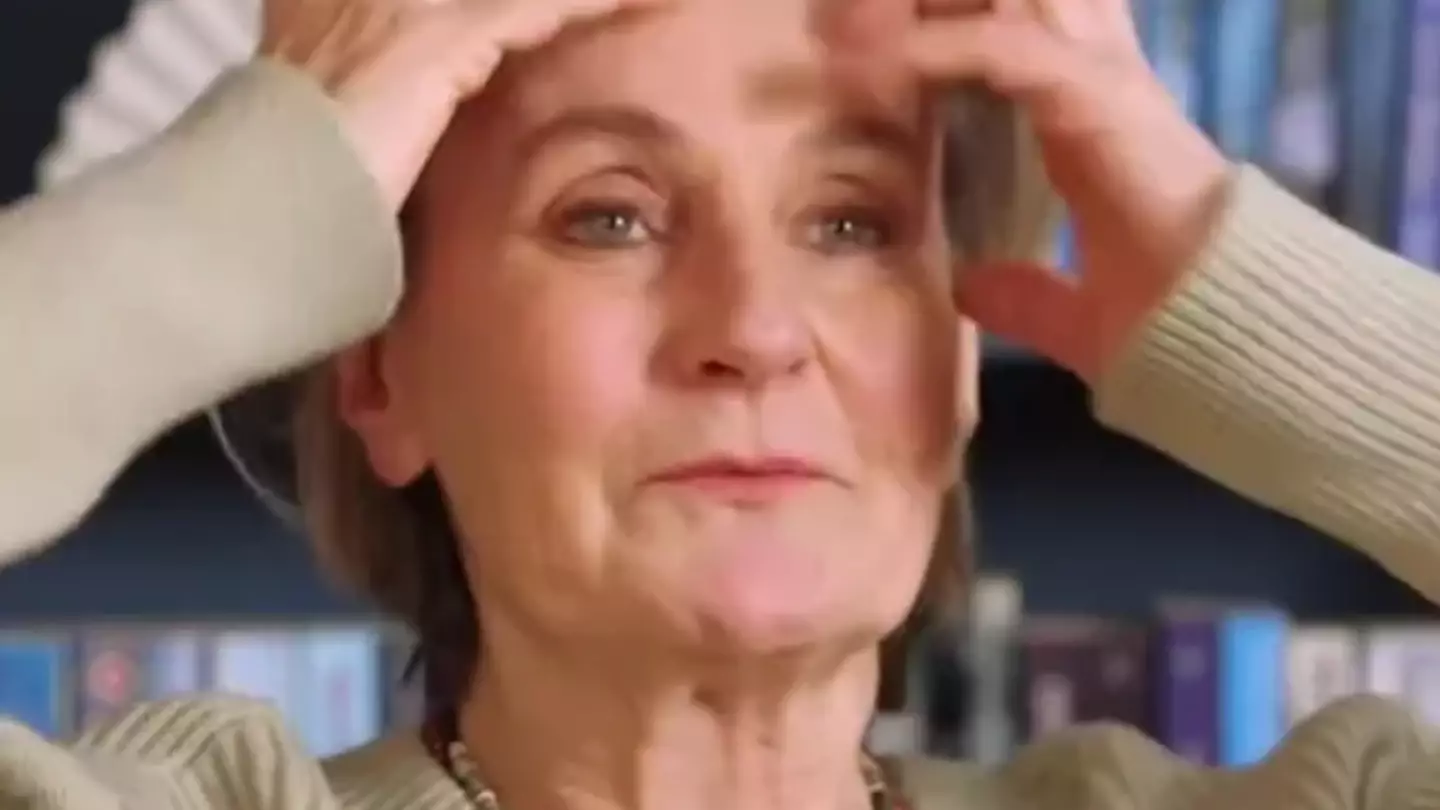

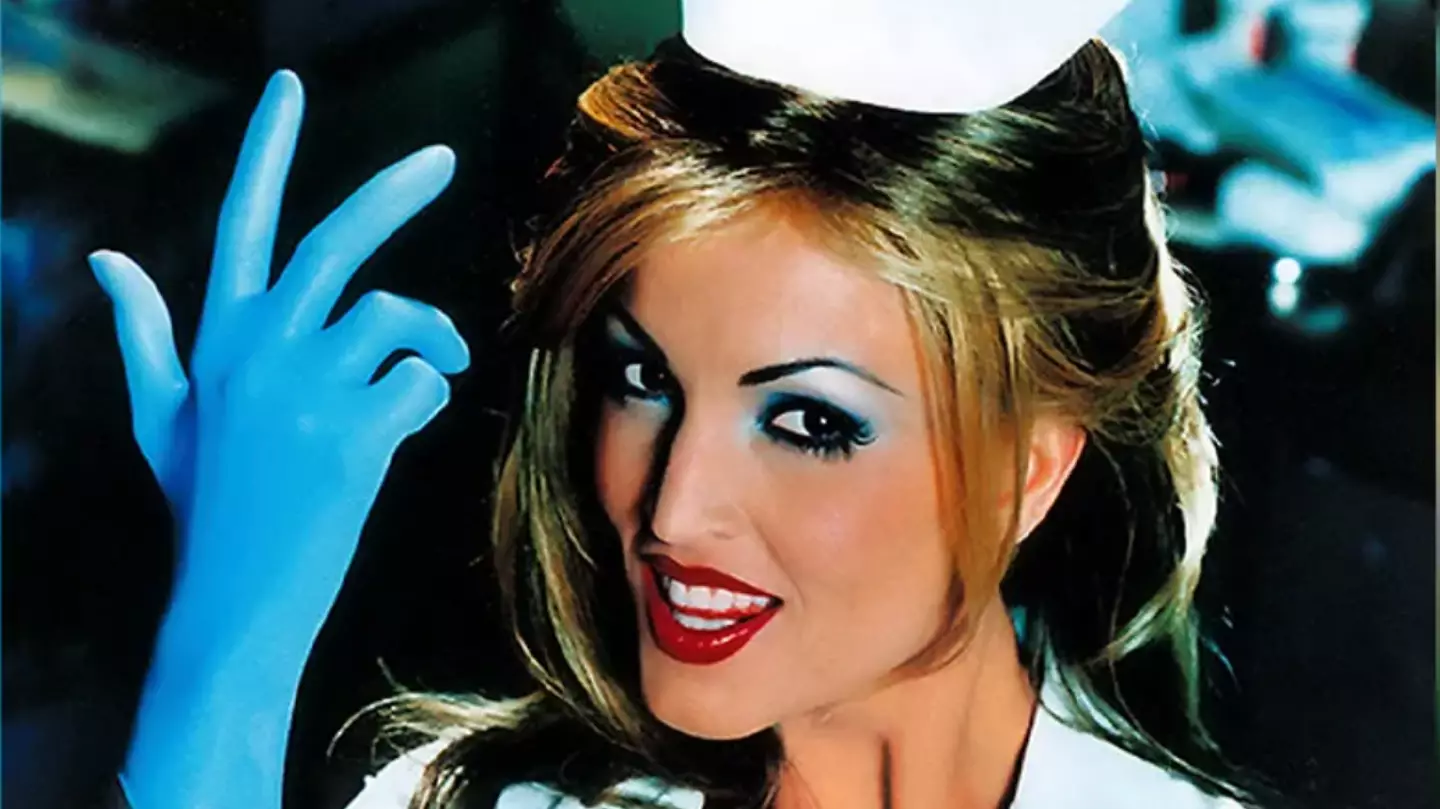
It's been over two decades since the iconic album was released
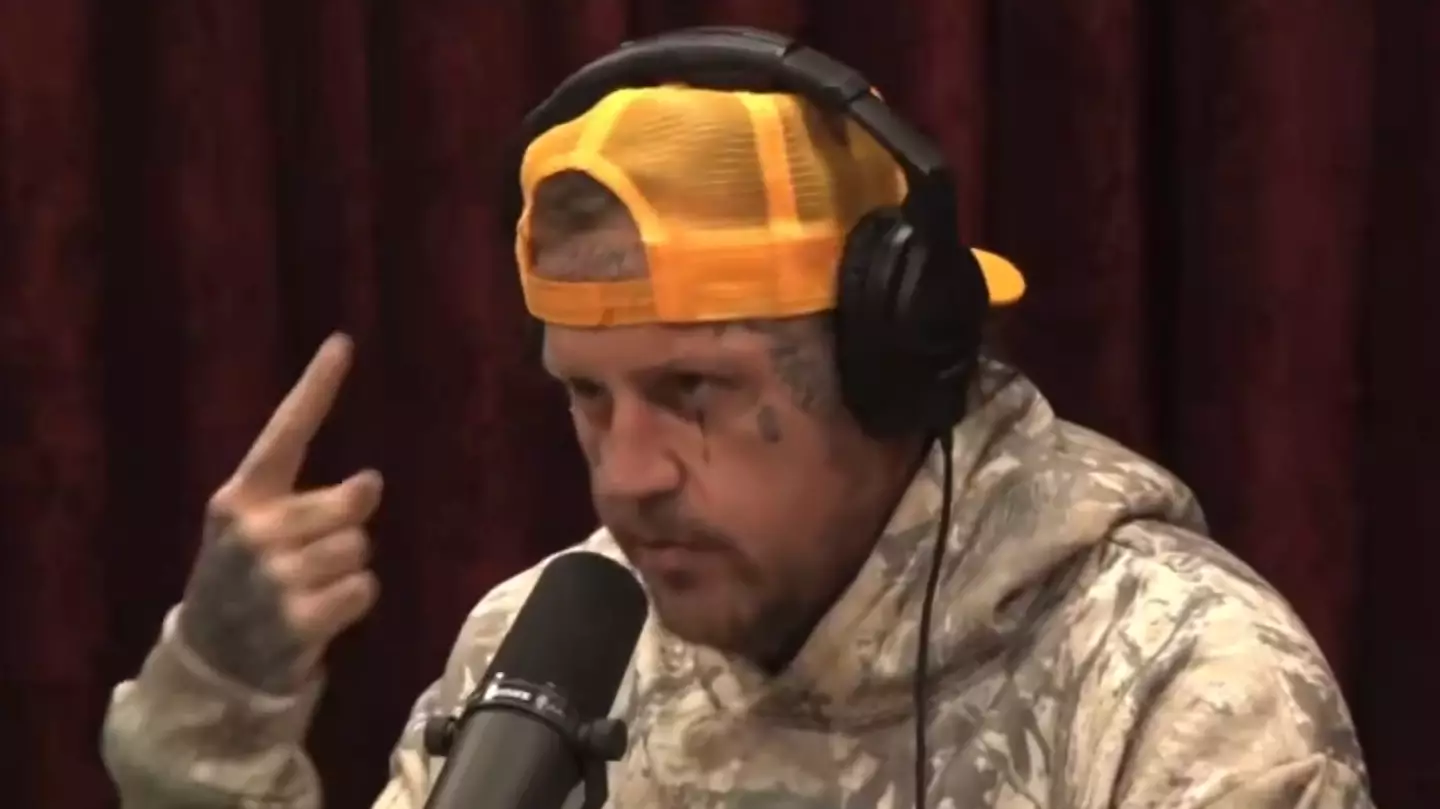
The singer opened up on his major health journey in a new interview
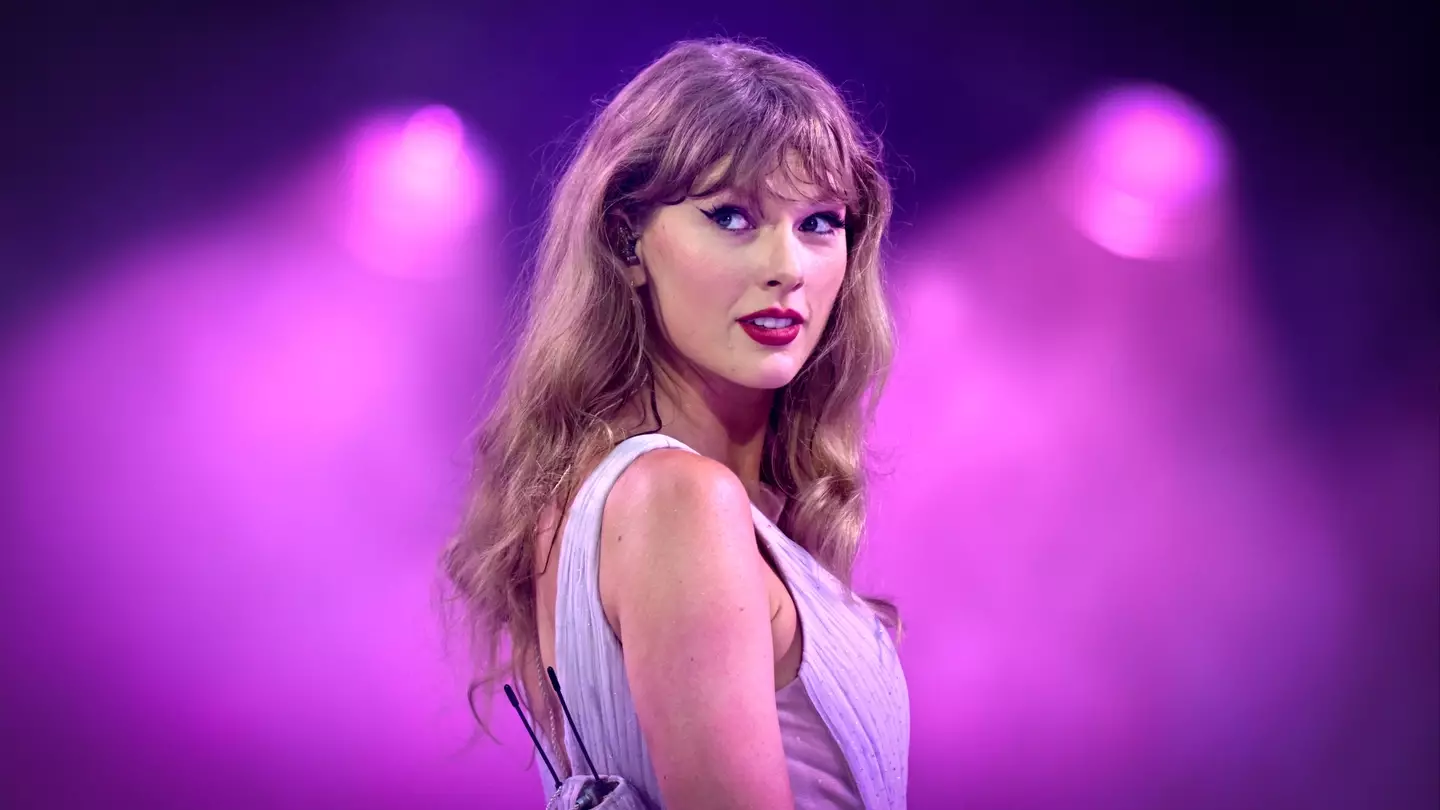
The singer gave out over $197 million in bonuses over the two years of her tour
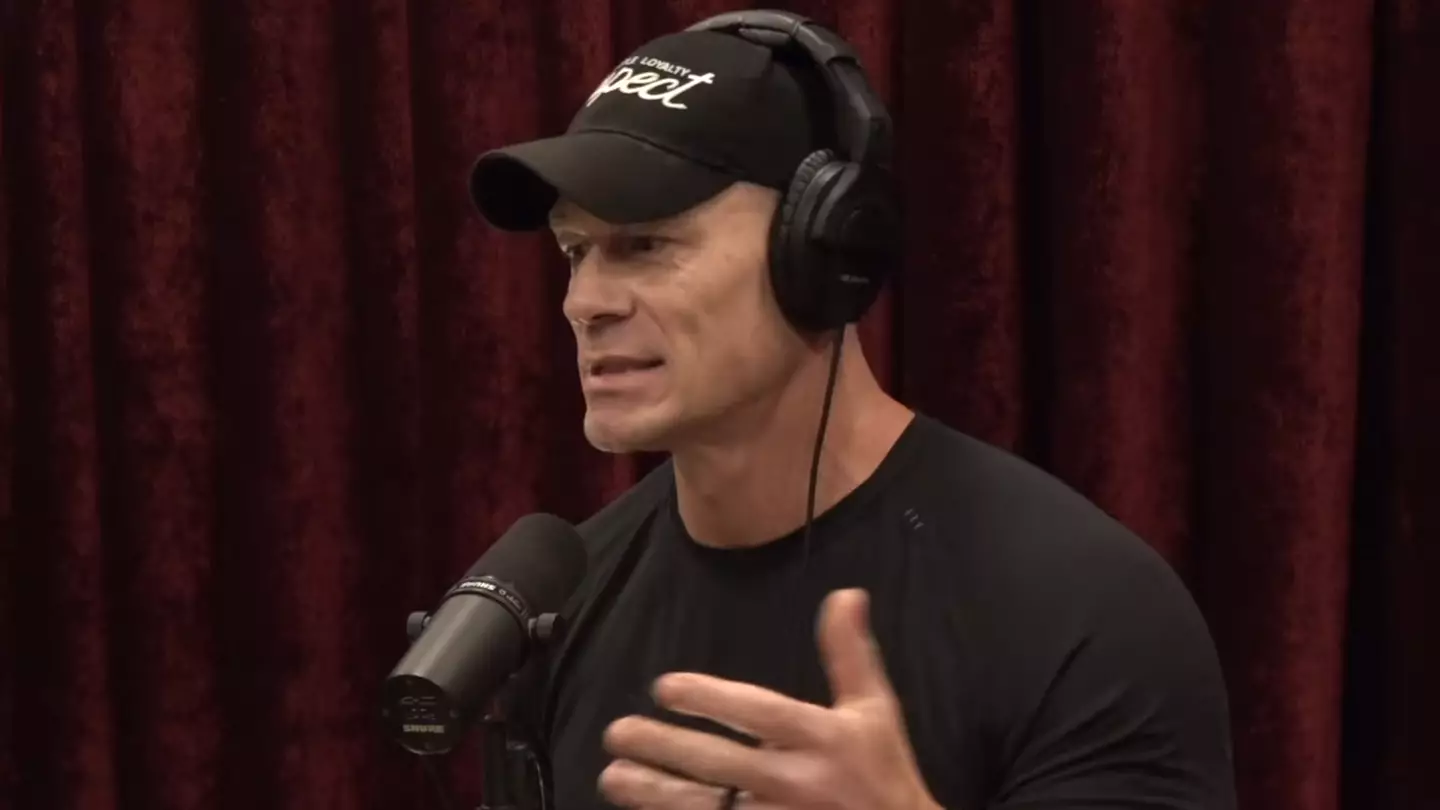
Cena finally spoke out on the Joe Rogan Experience
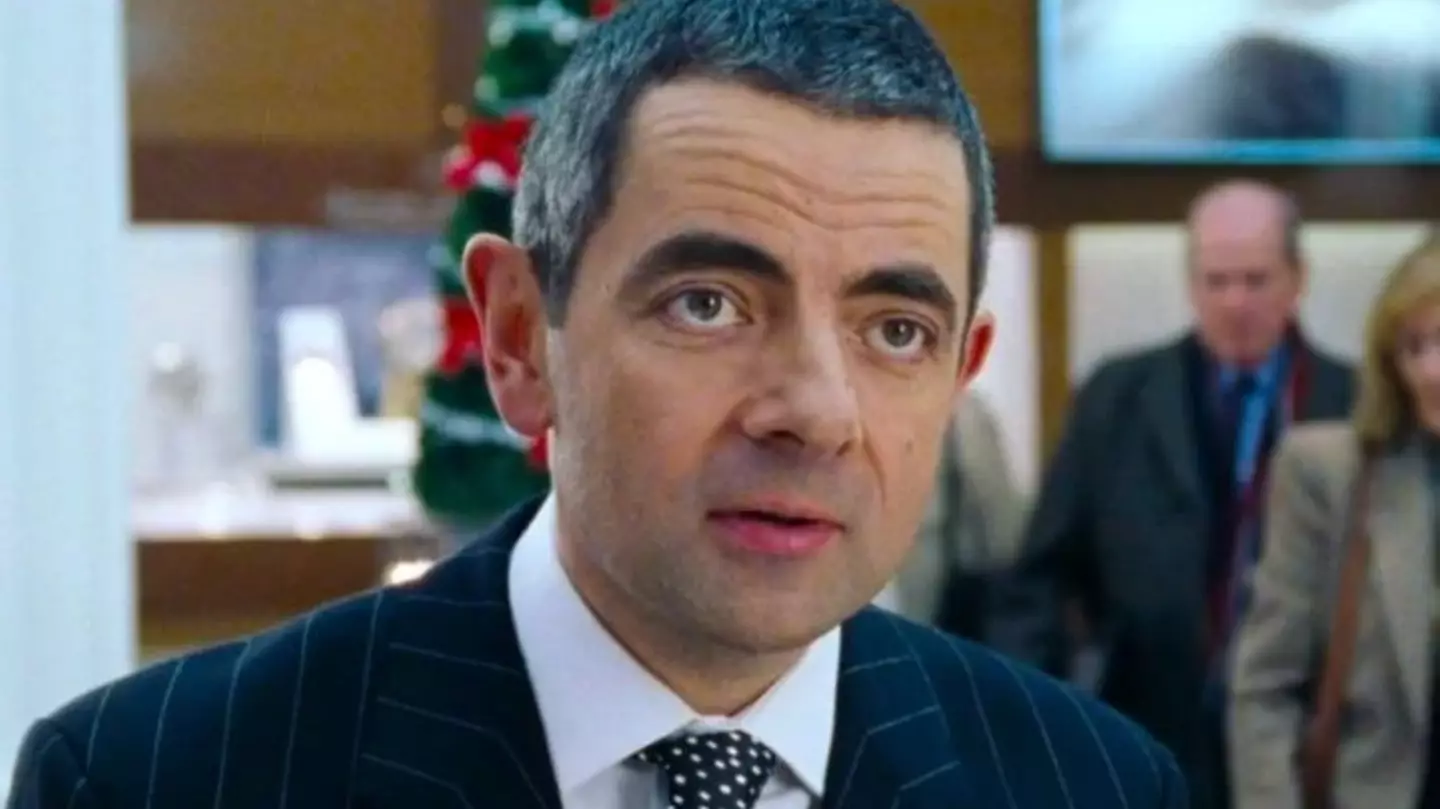
He might hardly appear in the Christmas classic but when he does, it's pretty important
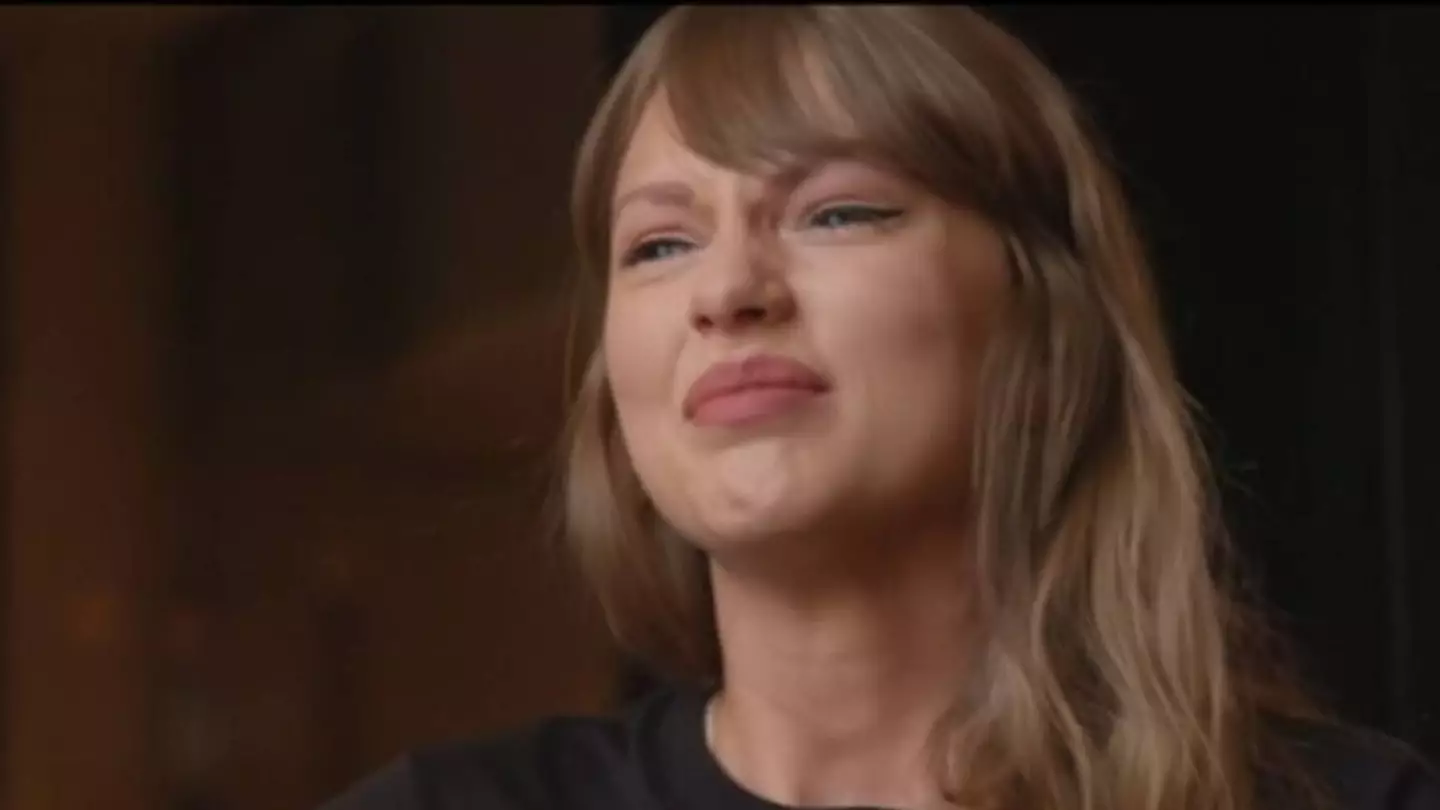
The singer met with survivors and families of victims before her London shows

50 Cent spoke about his plans to release an extra episode of the documentary
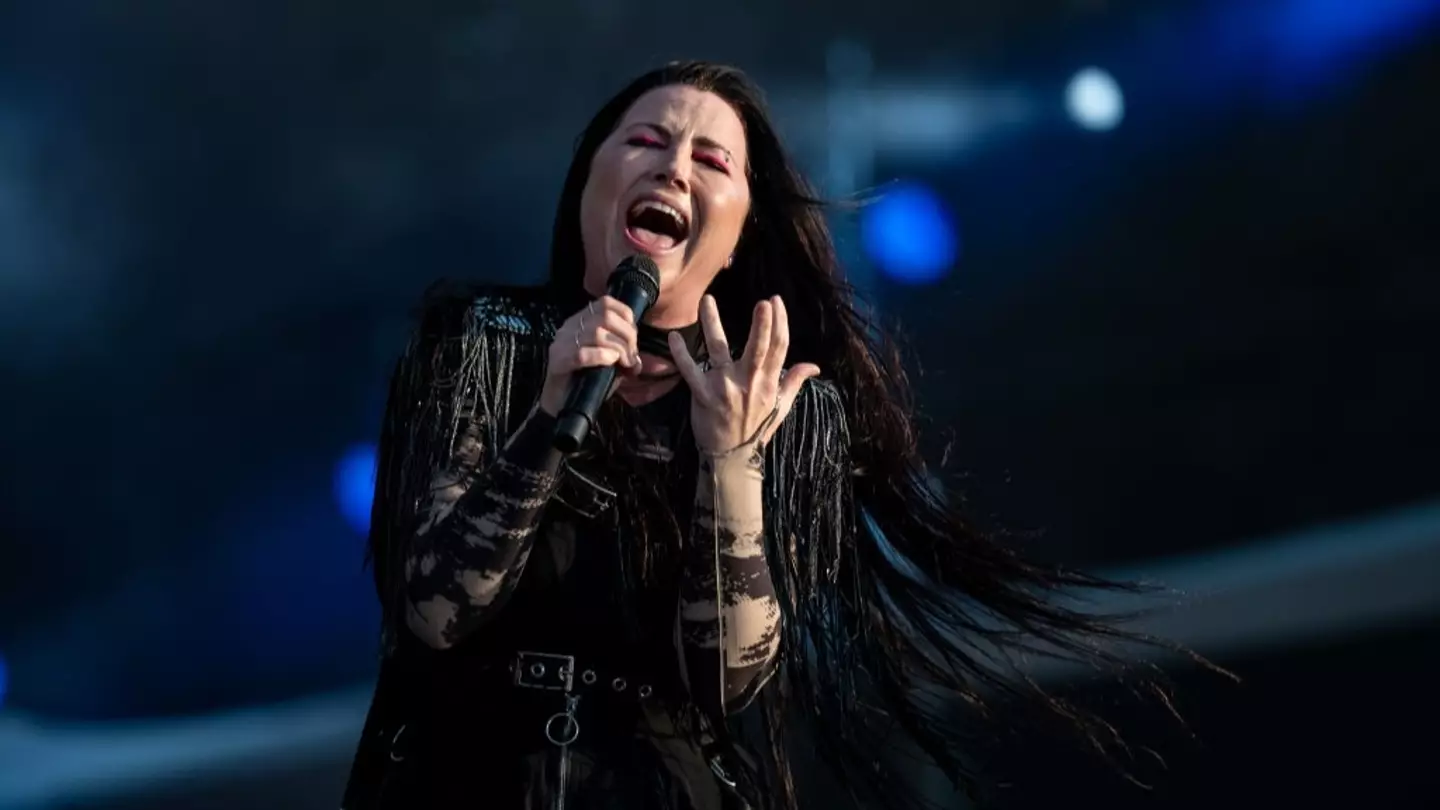
You can book a VIP seat for less than £100
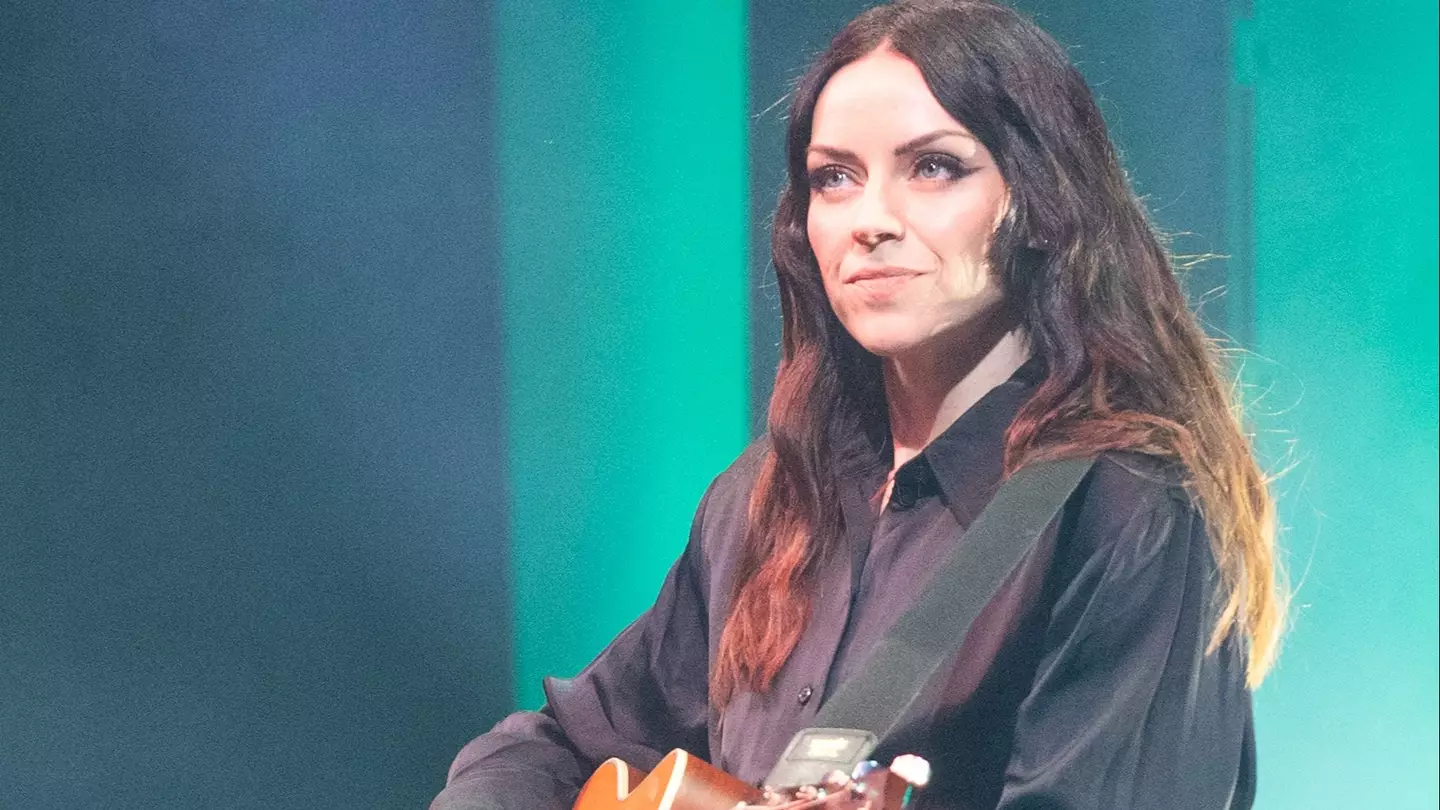
Better late than never to see Amy Macdonald live
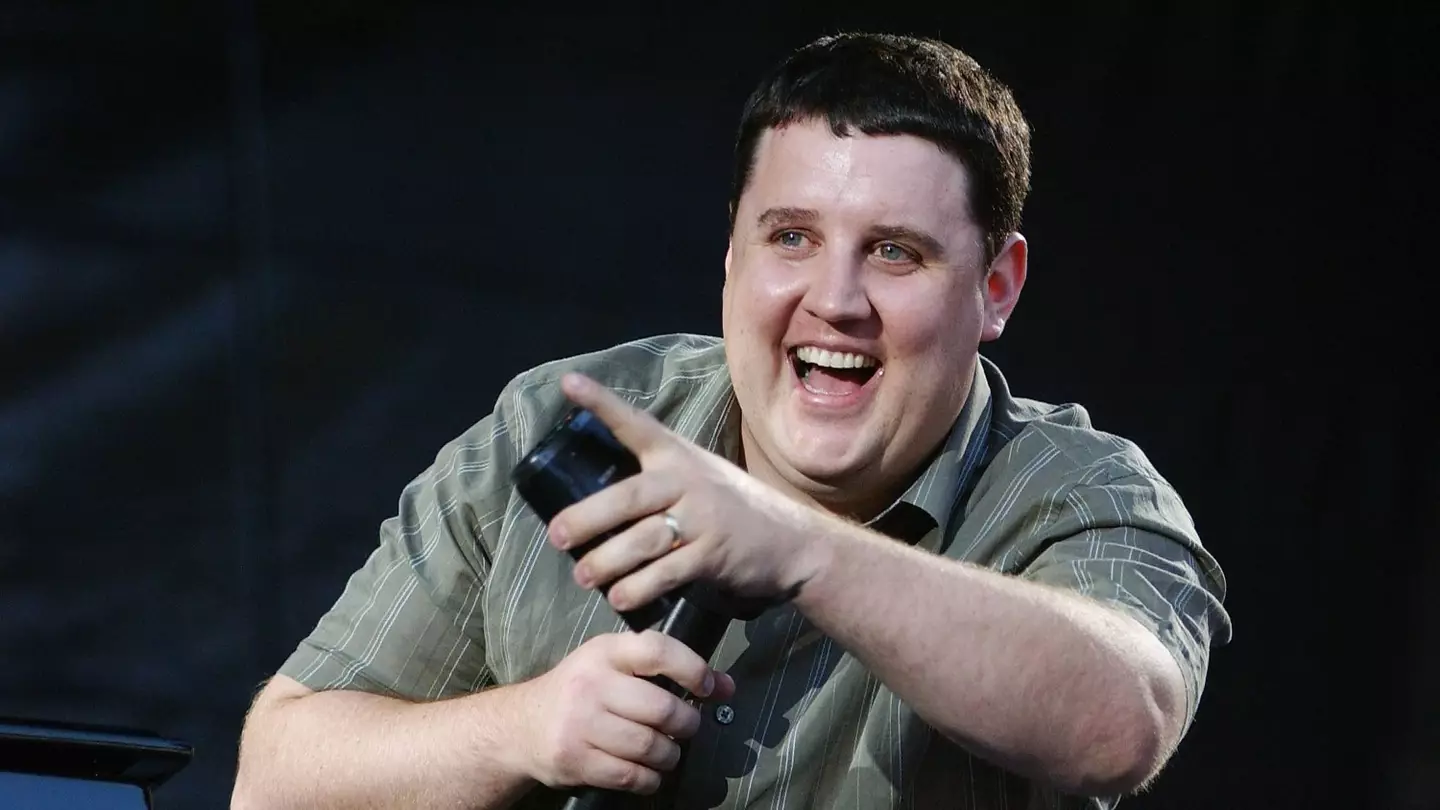
The much-loved comedian is on the road again for these long-awaited shows
.jpg)
Fancy something festive in a stunning setting? This is just the ticket
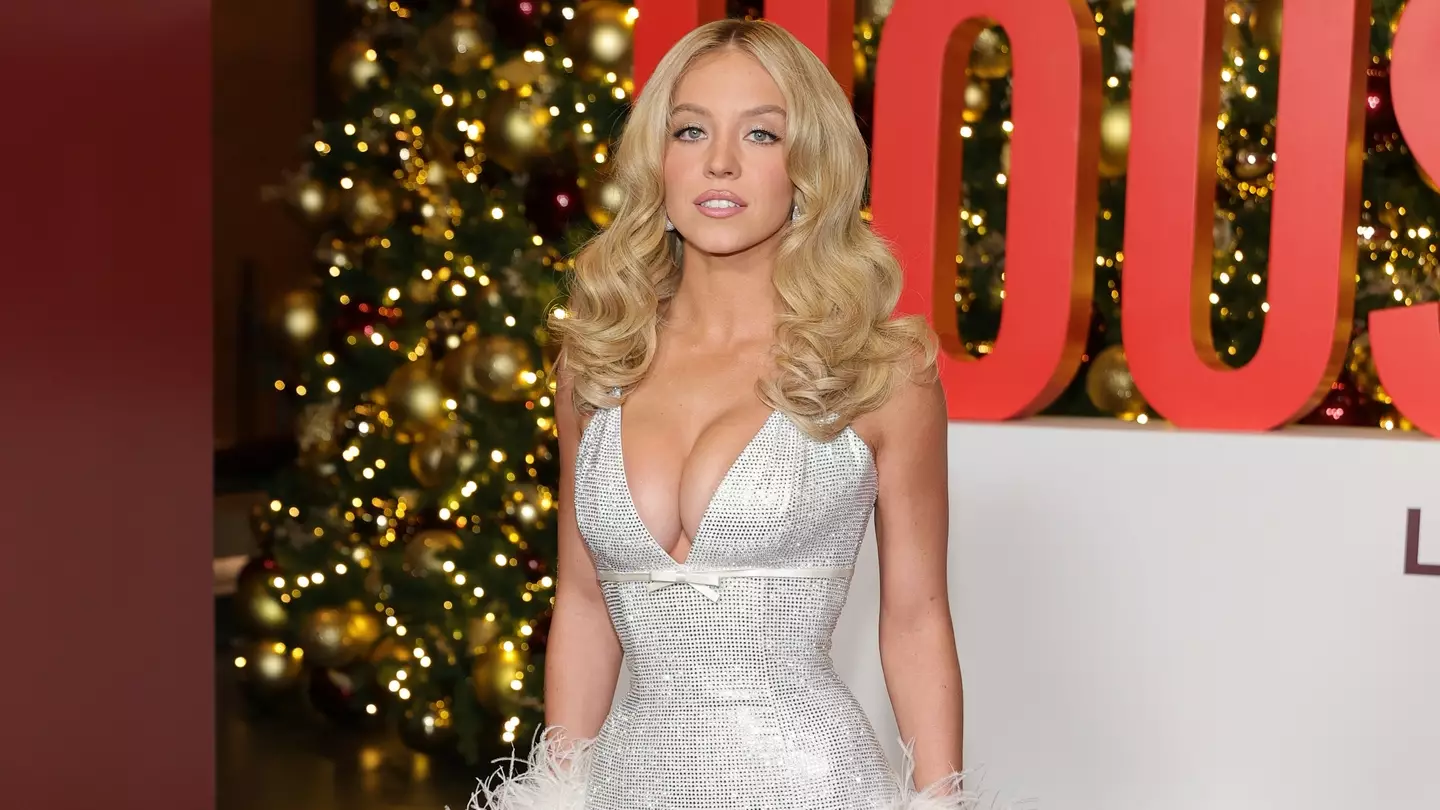
The Housemaid star Sydney Sweeney got candid with her co-star Amanda Seyfried
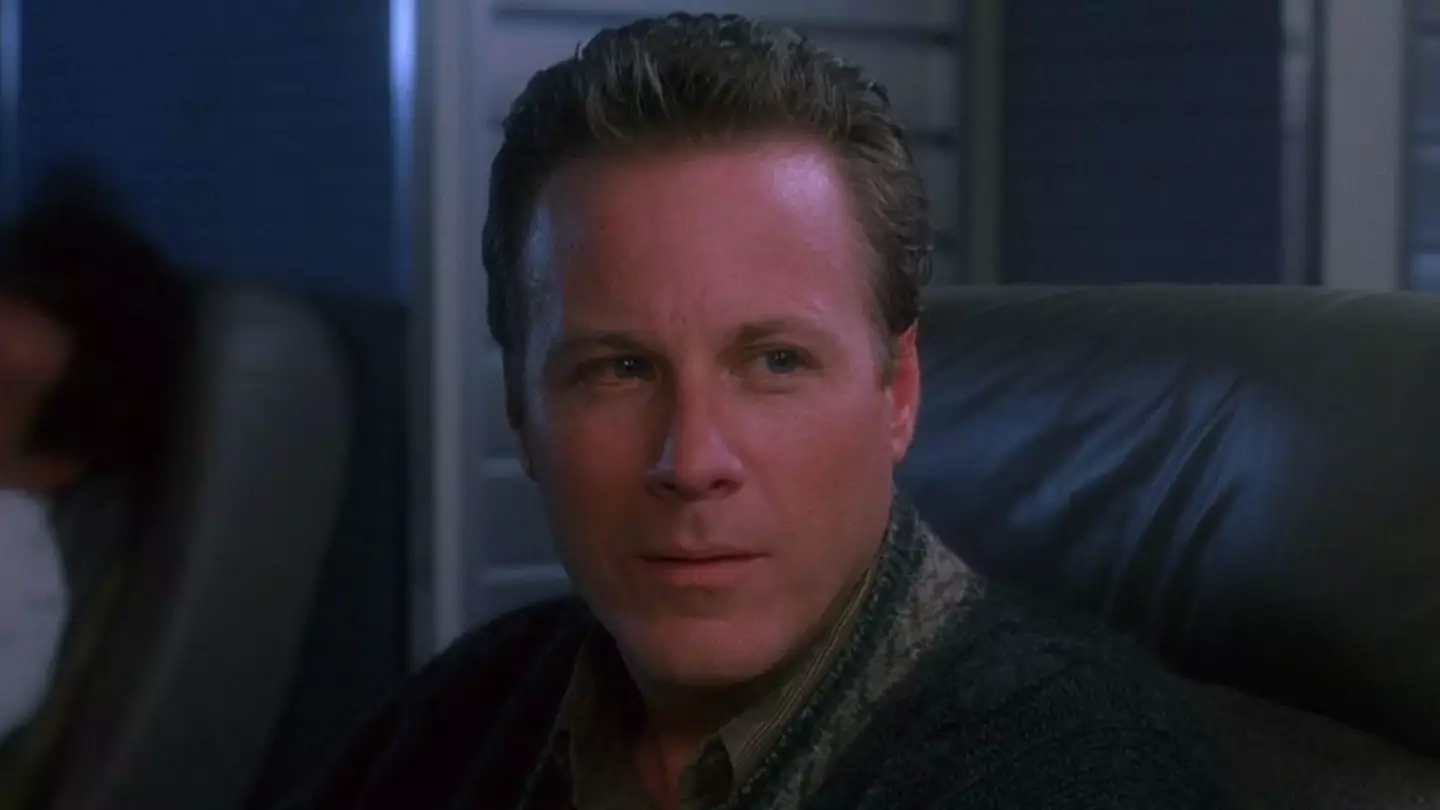
The director has addressed the theory as well

General sale was described as a 'blood bath'
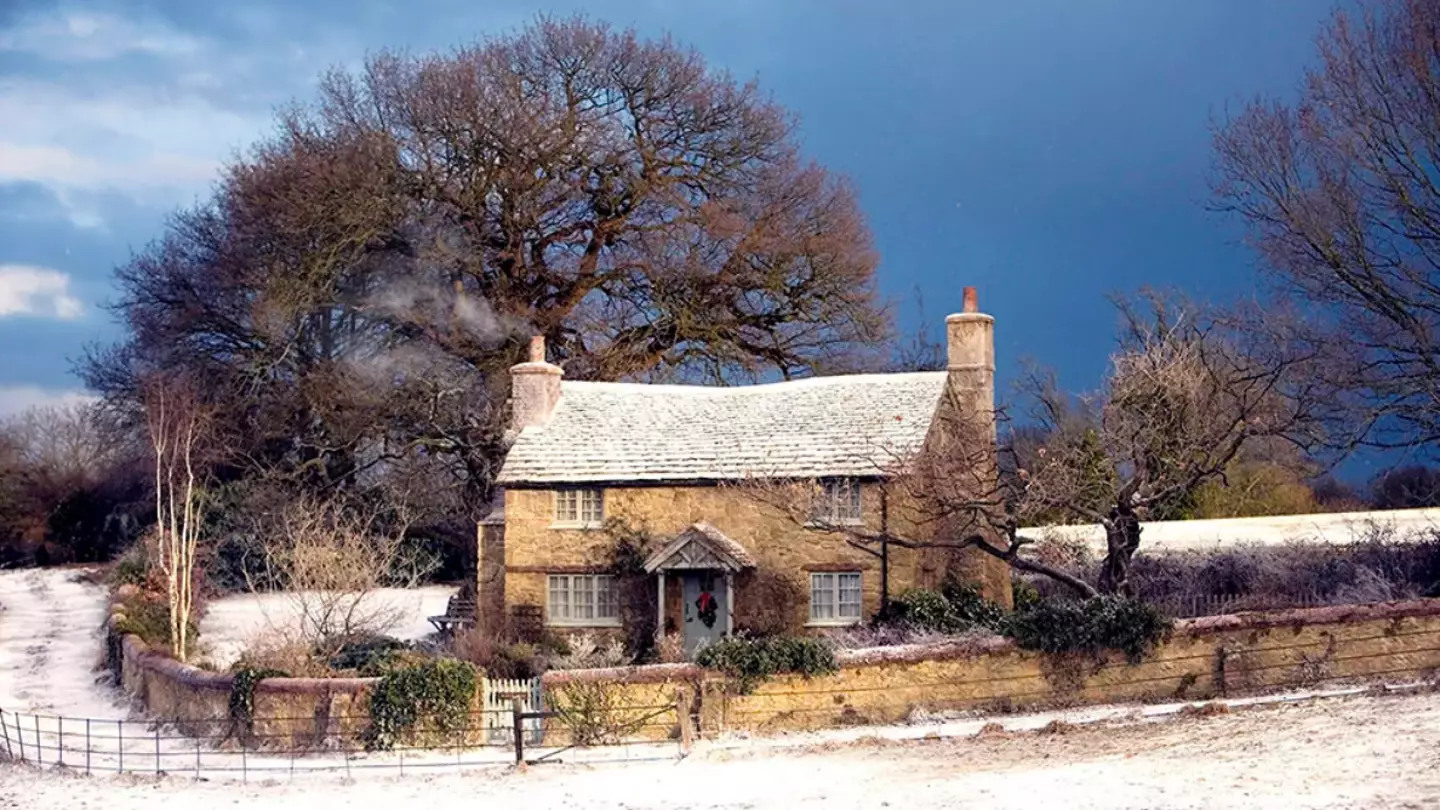
Now we can never watch it the same way again
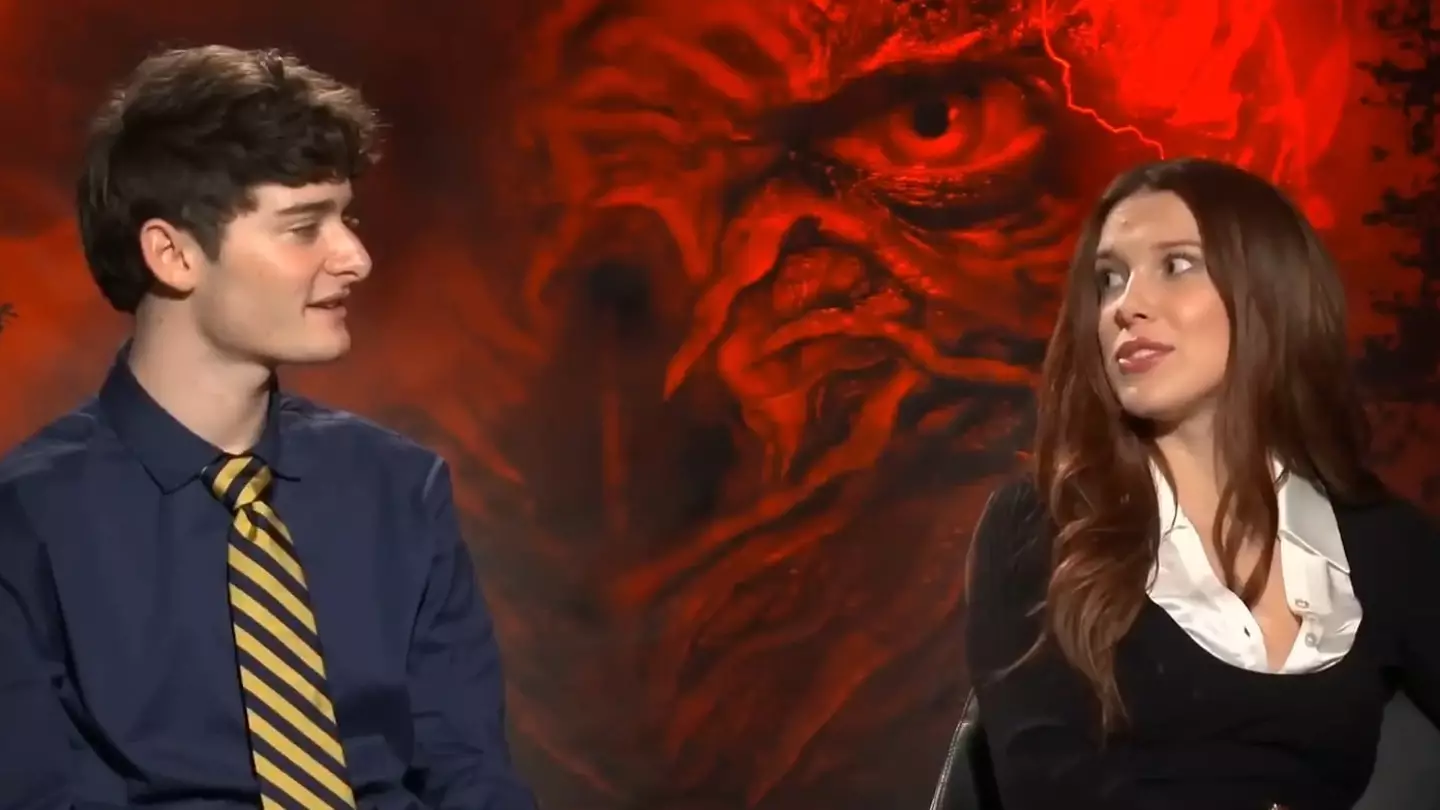
Fans have been theorising about what Schnapp might have meant
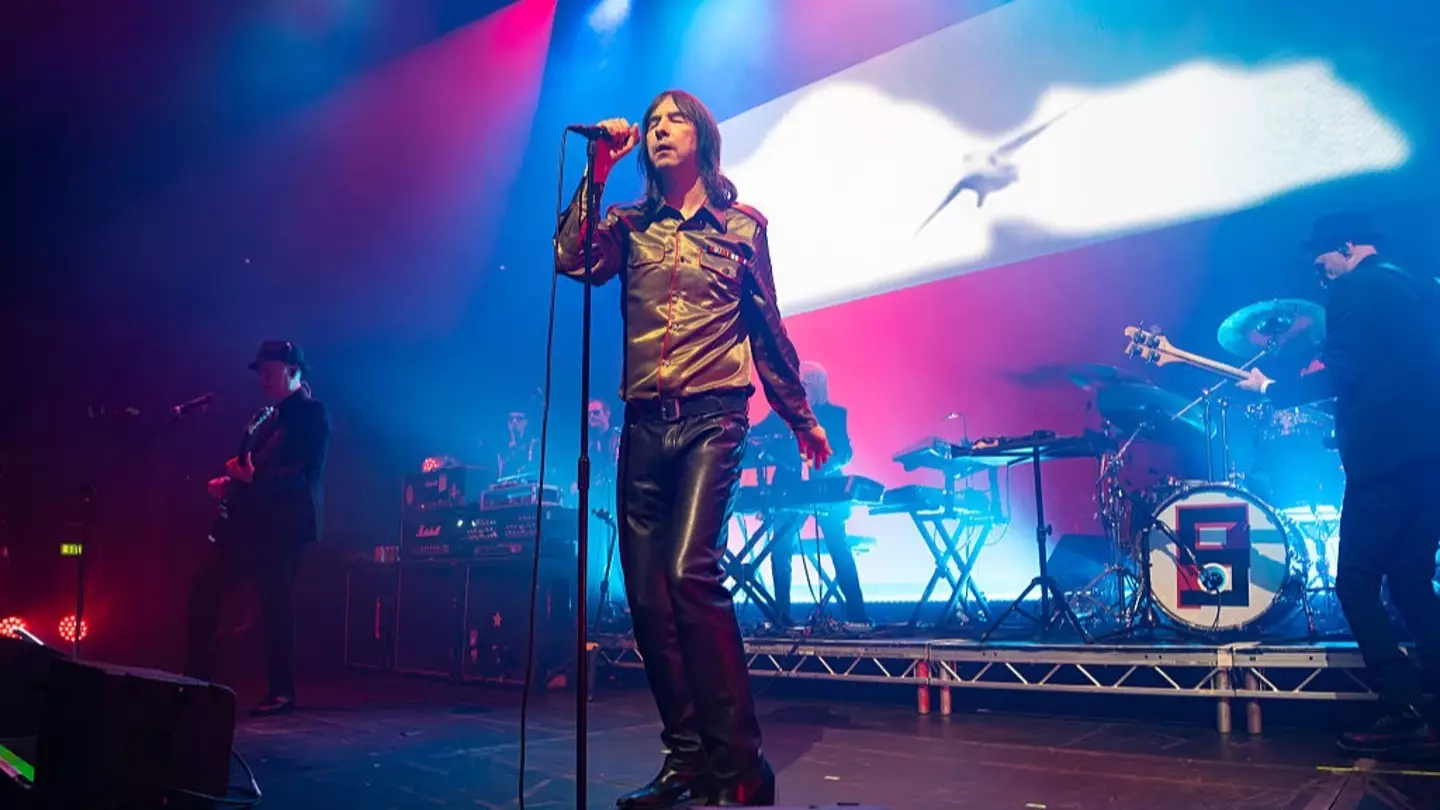
The band has been reported to the police

It was another particularly dark episode
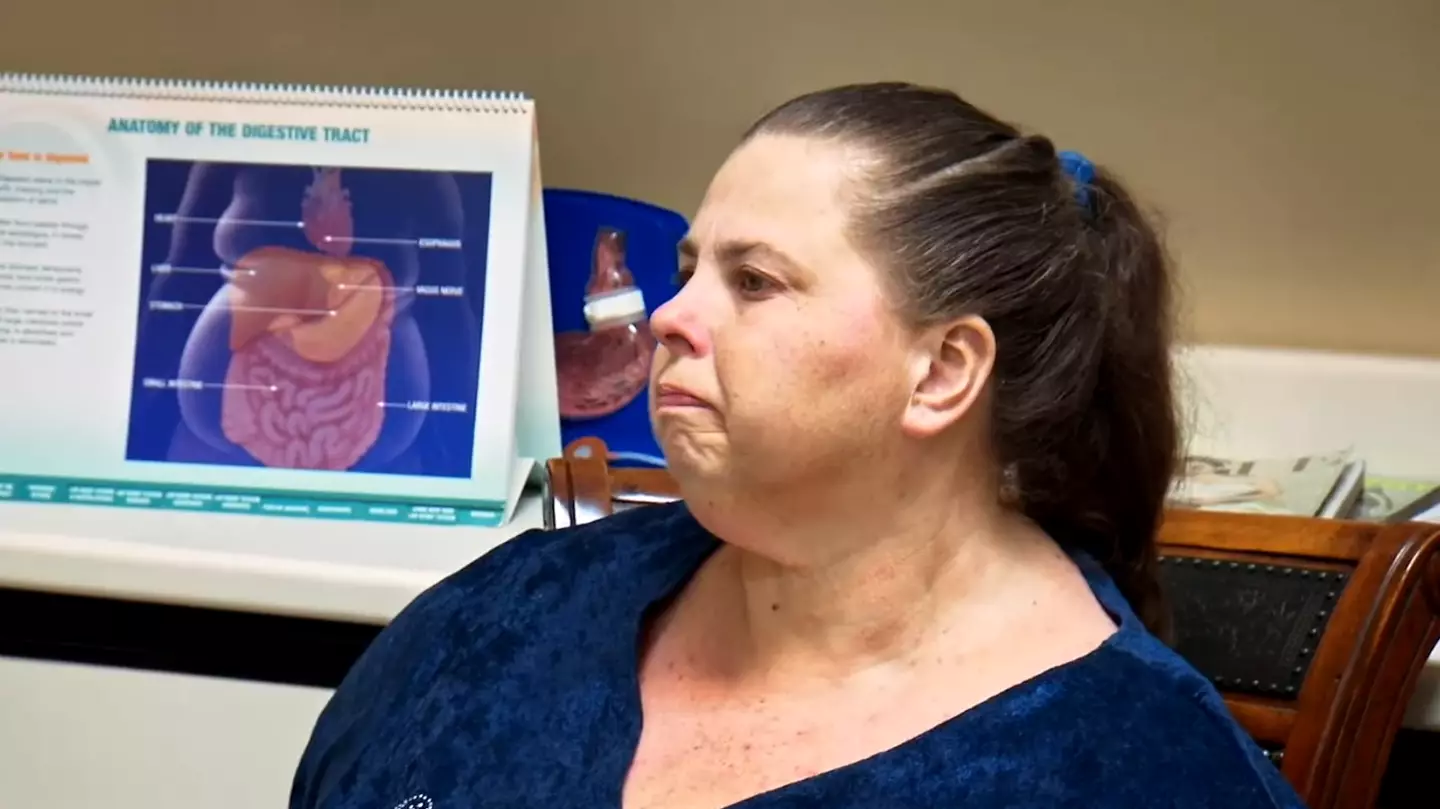
Pauline's son, Dillon, shared the news on YouTube
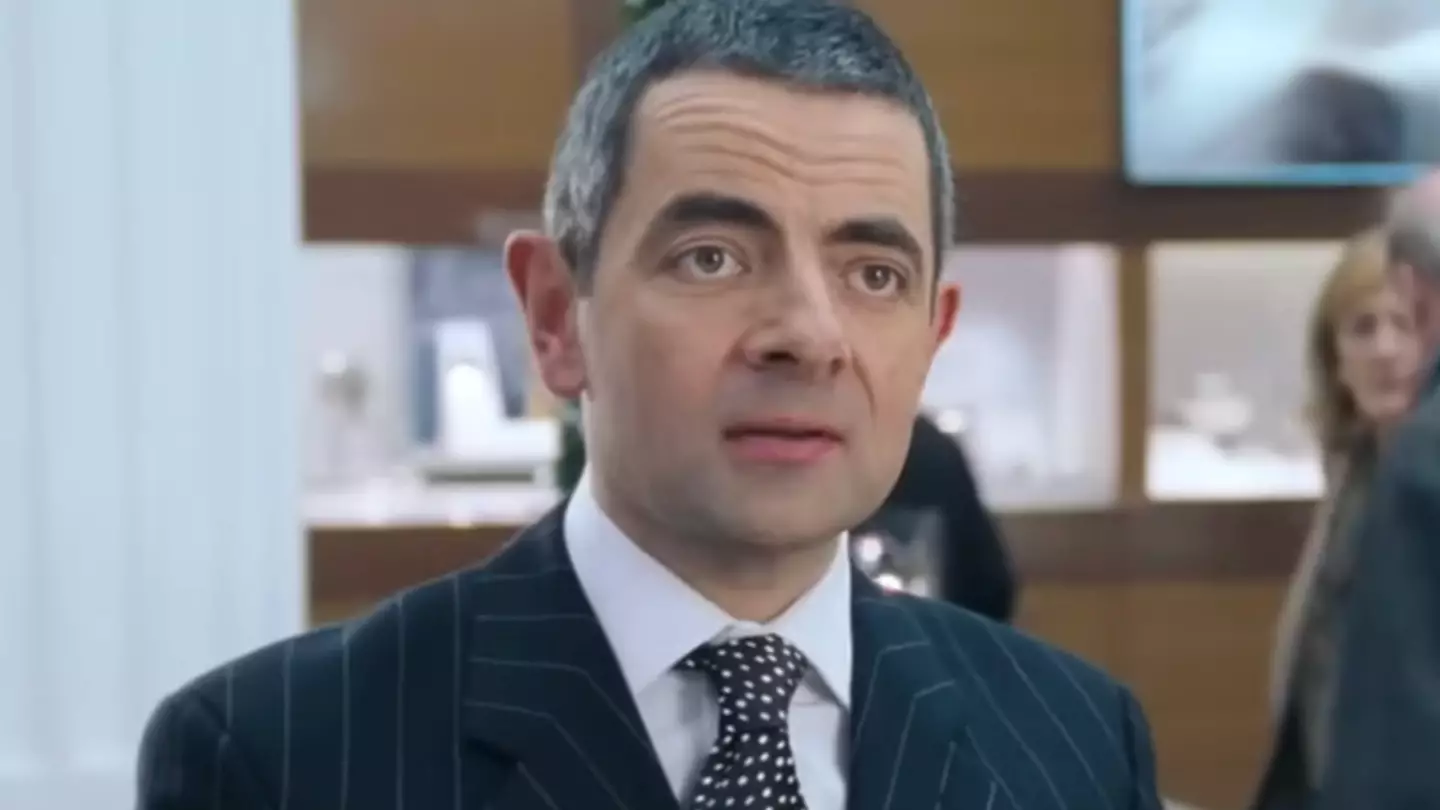
It explains why Rowan Atkinson's character takes so much time wrapping the present

John Cena will wrestle his final ever match this weekend

He was Googled more than Pope Leo XIV and Super Bowl headliner Kendrick Lamar

